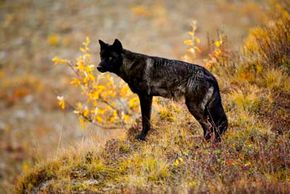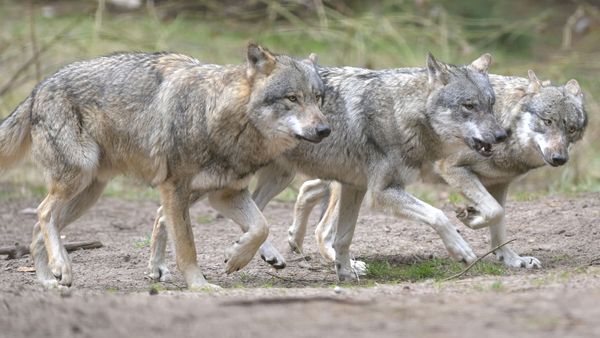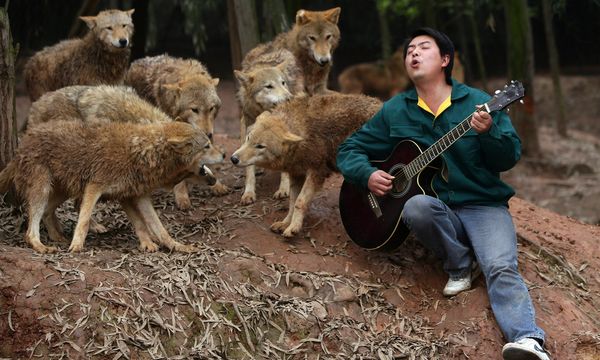Wolf packs in general function similarly to The Three Musketeers' motto of "one for all, and all for one." The bonds within these canine groups seem as strong as glue in spite of intrapack fighting and fierce hierarchies. But individual wolves within the packs play unique and important roles that contribute to collective survival.
Alpha males and alpha females lead the pack, which usually includes their offspring and at times, a few other wolves. From there, the beta wolf is the lieutenant of the crew, assuming authority if an alpha dies. Traveling down the pecking order, we come to the omega wolf at the bottom. The omega is the runt, subordinate to all other pack members and regarded as comic relief. The dynamics of this unit are detailed more thoroughly in What is a wolf pack mentality?
Advertisement
This strict arrangement keeps the chain of command in place. For instance, lower-ranked wolves must display submissive body language such as crouching if a dominant wolf approaches. Except during times of prey abundance, only alpha males and females will mate. Even dinnertime involves special etiquette, with alphas getting the choice organs or meat, and the omegas waiting until the others have gotten their fill before foraging for scraps.
Speaking of food, the pack organization serves the important purpose of filling the wolves' bellies. When tracking large prey, such as moose, strength in numbers certainly makes a difference. However, the hunting patterns of the Ethiopian wolves in Africa stray from that custom. While Ethiopian wolves, on the brink of extinction, mostly adhere to a pack formation, they actually track down smaller prey solo [source: Williams]. Likewise, research has found that wolf pack members help to preserve the food [source: Mech and Boitani]. With multiple wolves dining, little goes to waste and the group setting keeps scavengers away.
But life in the pack isn't some idyllic wilderness summer camp. Contending with prey can inflict painful wounds, such as broken bones and fractured skulls [source: Busch]. Territorial showdowns within packs can also lead to injury and even death.
Just like the rigors of Army life may force a new recruit to quit during basic training, this regimentation of life in the pack can compel a wolf to set out on its own. But departing from the pack may be more difficult than enduring the challenges within it. Go on to the next page to find out what happens when a wolf goes it alone.
Advertisement



